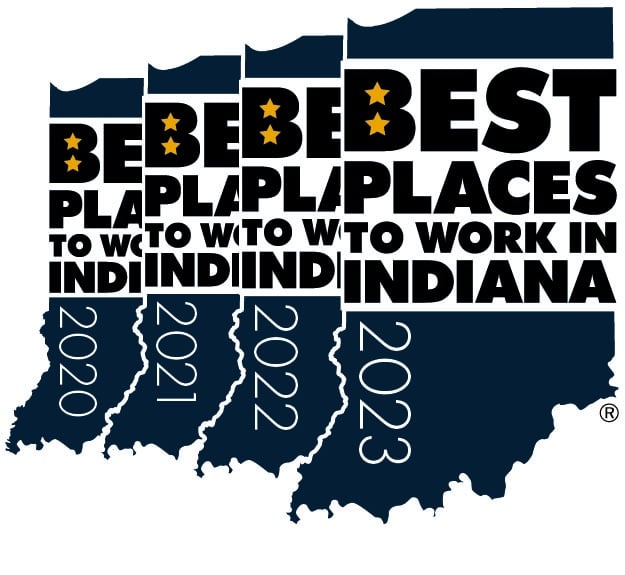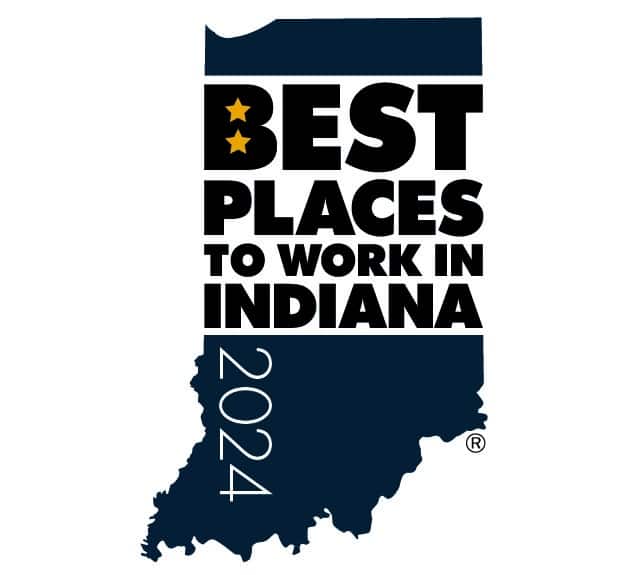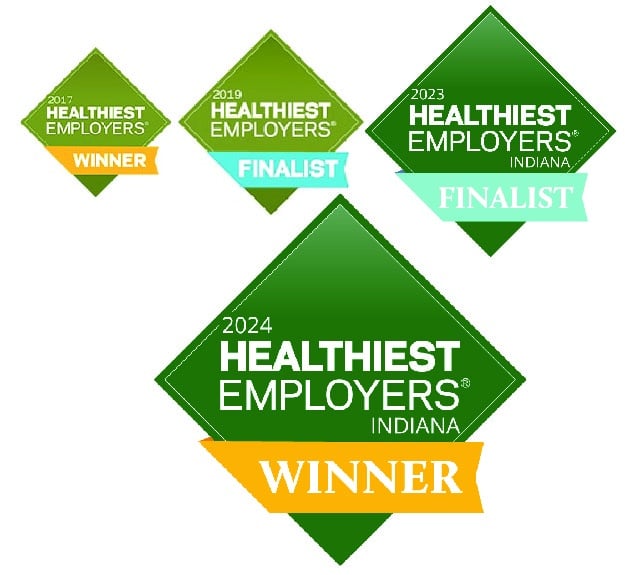Have You Established Your Health Benefits Contingency Plan? 3 Questions You Should Ask
BY RYAN SPENCER

The coronavirus and the resulting economic recession blindsided companies all over the country. Leaders have responded with a variety of cost-cutting tactics, from layoffs to reduced hours to mandatory work-from-home. But there’s another tactic available that few leaders have used: A health benefits contingency plan. By re-evaluating their plan needs, company leaders can unlock significant savings. Those savings are critical because additional threats may lurk ahead. A 40% rate increase on January 1, a competitor stealing a larger share of the market, and another recession are realistic obstacles that could hinder your company’s growth in the next few months. However, all three of these threats can be addressed by adjusting your benefits to unlock greater strategic agility within one of your largest "fixed" costs. Prepare now by developing a health benefits contingency plan. Addressing excess costs could unlock six figures or more for your company to invest in other areas of its business.
Questions to Ask While Developing Your Benefits Contingency Plan
Developing a contingency plan is a little like prepping your backup quarterback for the Super Bowl. You don’t want to take your starting quarterback out of the game, but you still want your backup QB to be ready to perform to the highest standards if your starter suffers an injury. When it comes to benefits, your contingency health care plan should still provide a high level of support to your employees while offering additional financial flexibility to your company. Just as you would pull your starting QB after a knee injury brings him down in the second quarter, you should pull your primary plan when the expense grows too large for your company.
Questions to consider when developing your contingency plan include:
1. What change could bring the most value to your company and your employees? Like the second-string quarterback, your contingency health benefits plan may not be your first choice, but it should provide value to your employees while still being affordable when company finances are lean.
2. If you change your plan, how effectively can you communicate its details? Times of crisis are difficult for everyone in your business. Changing your health plan while employees are worried about job security can pile additional stress upon employees. If your HR team lacks the bandwidth to carefully communicate the changes, your contingency plan should be relatively simple to explain so that employees can adopt it without resorting to long, mandatory meetings.
3. At what point should you enact your contingency plan? Consider the potential threats to your company and the financial impact they could have on your business. As a team, decide when your company should launch its contingency plan. Will you wait for three months of shrinking profits or for two quarters of consistent losses? Whatever you decide, stick to it. If you choose to make the switch after three months of losses, make the change after three months of losses. Don’t cross your fingers and hope things will improve so that you can keep your current health care plan. You owe it to your employees and the rest of your company to make the difficult decision to adopt the contingency plan.
Preparing for the Future
You never know when the next disaster could strike your business, but the coronavirus proved that it could come when you least expect it. Talk to your team and your advisor today. By carefully picking a contingency plan, you’ll be ready to adapt as the market evolves.












